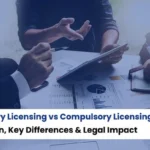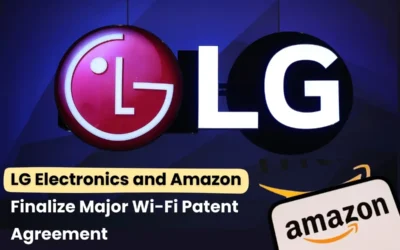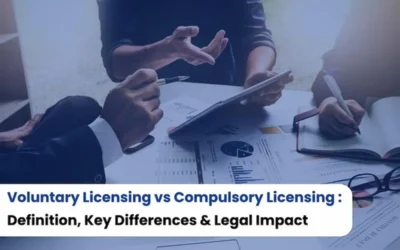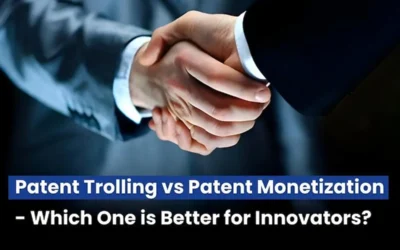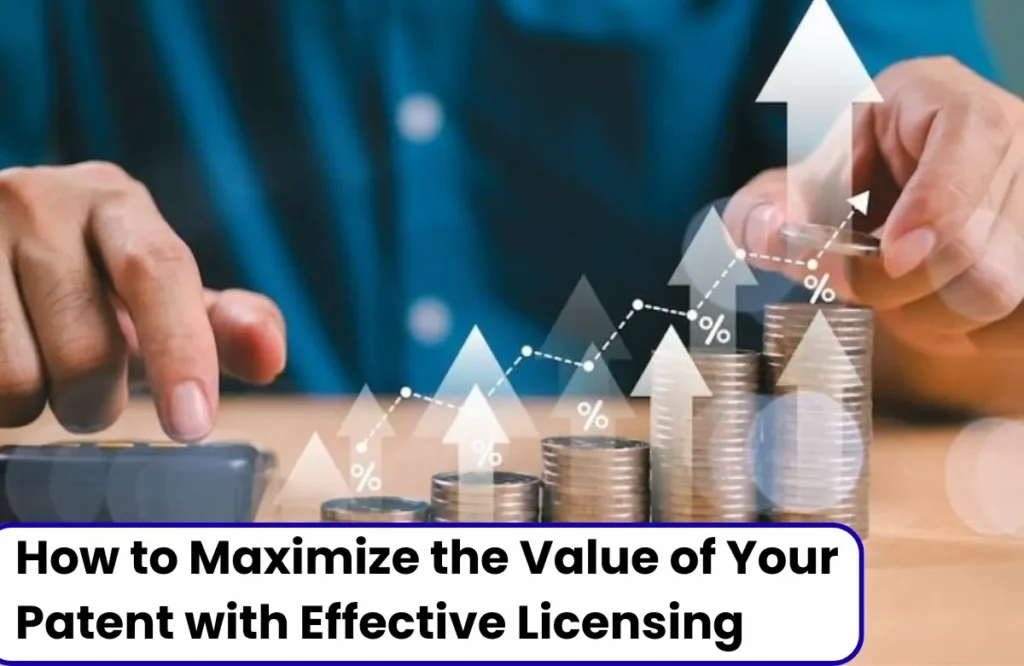
Patent monetization is becoming increasingly important for businesses, as it allows them to earn revenue from unused or underutilized patents. One of the most effective ways to do this is through patent licensing strategies — a process where you give others the right to use your patented technology while still having ownership of your patent. It’s a win-win approach: companies that need the technology can use it legally, and you earn a consistent income without losing your rights. However, to truly maximize the potential of your patent, you need a well-planned and tailored patent licensing strategy that fits your specific goals and market. If you want to understand how to make the most out of your patents through effective licensing, keep reading.
What Do Tailored Patent Licensing Strategies Mean and Their Different Types?
Patent licensing, as we’ve already discussed, is a plan where you let others use your patented invention by giving them licensing rights, while you still keep ownership of the patent and earn money from it. But when it comes to business, not every plan works the same for everyone. That’s why you need to create your own patent licensing strategies — ones that help you unlock the full potential of your patent and turn it into a valuable income source.
Tailored patent licensing strategies simply mean making customized plans that fit your business goals, market needs, and the true value of your technology. Instead of going for a one-size-fits-all deal, a tailored approach helps you earn more, find the right partners, and protect your invention effectively. The goal is to design each agreement carefully — deciding who can use the patent, where, and for what purpose — so that it benefits both sides.
When it comes to patent licensing, there are different types based on how the rights are shared and what the business wants to achieve. These include:
- Exclusive License
- Non-Exclusive License
- Sole License
- Field-of-Use License
- Territorial License
- Cross-License
- Sub-License
Read Also: What Are Utility Models and How to Monetize Them Effectively
How Do You Create an Effective Tailored Patent Licensing Strategy?
Creating a tailored patent licensing strategy isn’t just about signing a deal — it’s about understanding your patent’s true value and designing a plan that fits your goals. Here’s how the process usually works:
- Understand Your Patent’s Value: Start by identifying what makes your patent unique and valuable. Look at how it benefits a product, saves costs, or offers a technical advantage.
- Study the Market: Research your target industries and potential partners. Find out who could benefit most from your technology and what similar deals look like in your field.
- Set Clear Goals: Decide what you want from licensing. Your goals shape the type of licensing model you’ll choose.
- Choose the Right Licensing Type: Based on your goals, decide whether you want to go exclusive, non-exclusive, field-specific, or territorial. Each type has different benefits depending on your business needs.
- Design the Terms and Conditions: Create clear terms that define what’s being licensed, where it can be used, for how long, and how royalties will be paid.
- Negotiate Smartly: Discuss terms with potential licensees carefully
- Get Legal Review: Always involve a patent attorney or intellectual property rights (IPR) firms expert to check your agreement. This ensures your rights are protected and that all terms comply with patent laws and regulations.
- Monitor and Manage: Once the agreement is in place, track its performance.
Conclusion
Tailored patent licensing strategies help businesses unlock the full value of their innovations. By choosing the right type of license, setting clear goals, and building strong partnerships, companies can earn consistent revenue while keeping control of their intellectual property. It’s all about planning smart and licensing wisely.
Read Also: Patent Licensing vs. Selling: How to Choose the Right Strategy for Your Invention

